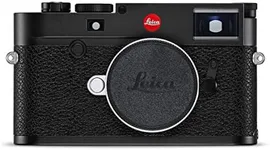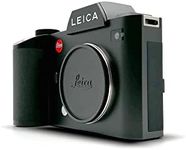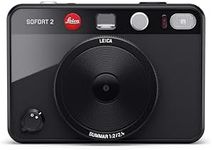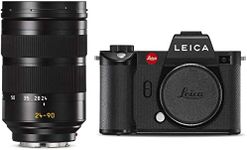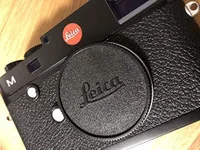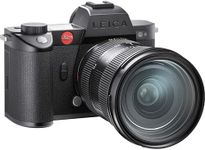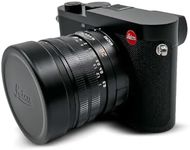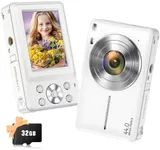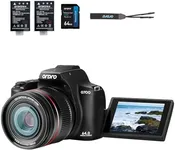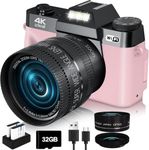Buying Guide for the Best Leica Digital Cameras
Choosing the right Leica digital camera can be a rewarding experience, as these cameras are known for their exceptional build quality, image performance, and iconic design. To find the best fit for you, it's important to understand the key specifications and how they align with your photography needs. Here are some essential specs to consider when selecting a Leica digital camera.Sensor SizeThe sensor size in a camera determines the quality of the images it can produce. Larger sensors, such as full-frame sensors, capture more light and detail, resulting in better image quality, especially in low-light conditions. Leica offers cameras with various sensor sizes, including full-frame, APS-C, and medium format. If you are a professional or an enthusiast looking for the highest image quality, a full-frame or medium format sensor might be ideal. For casual photography or travel, an APS-C sensor can provide a good balance of quality and portability.
MegapixelsMegapixels refer to the resolution of the camera's sensor, indicating how many millions of pixels the sensor can capture. Higher megapixel counts can produce more detailed images, which is beneficial for large prints or cropping. Leica cameras come with a range of megapixel counts, from around 20MP to over 40MP. If you need extremely high resolution for professional work or large prints, opt for a higher megapixel camera. For everyday photography, a camera with 20-30MP is usually sufficient.
Lens CompatibilityLeica cameras are known for their high-quality lenses. Some models have fixed lenses, while others allow you to interchange lenses. Fixed lens cameras are convenient and often more compact, making them great for travel and street photography. Interchangeable lens cameras offer more flexibility, allowing you to choose the best lens for different situations. Consider your photography style and whether you prefer the convenience of a fixed lens or the versatility of interchangeable lenses.
Build Quality and DesignLeica cameras are renowned for their robust build quality and classic design. They often feature metal bodies and weather sealing, making them durable and suitable for various shooting conditions. The design also includes intuitive controls and a minimalist aesthetic. If you value a camera that feels solid and is built to last, Leica's build quality will not disappoint. Think about where and how you will use the camera to determine the importance of these features.
Viewfinder TypeThe viewfinder is an essential part of the camera, allowing you to compose your shots. Leica offers cameras with optical viewfinders (OVF), electronic viewfinders (EVF), and some models without a viewfinder, relying on the LCD screen instead. OVFs provide a clear, real-time view of the scene, while EVFs offer additional information and can be useful in low light. If you prefer a traditional shooting experience, an OVF might be best. For more advanced features and flexibility, consider a camera with an EVF.
Autofocus SystemThe autofocus system determines how quickly and accurately the camera can focus on a subject. Leica cameras typically offer reliable autofocus performance, but the speed and accuracy can vary between models. If you often shoot fast-moving subjects, such as in sports or wildlife photography, look for a camera with a fast and precise autofocus system. For portrait or landscape photography, where speed is less critical, most Leica autofocus systems will suffice.
Video CapabilitiesWhile Leica is primarily known for its still photography, many of their digital cameras also offer video recording capabilities. The quality and features of video recording can vary, with some models offering 4K resolution and advanced video settings. If video is an important aspect of your work, consider a camera with strong video capabilities. For those focused mainly on photography, basic video features may be adequate.
